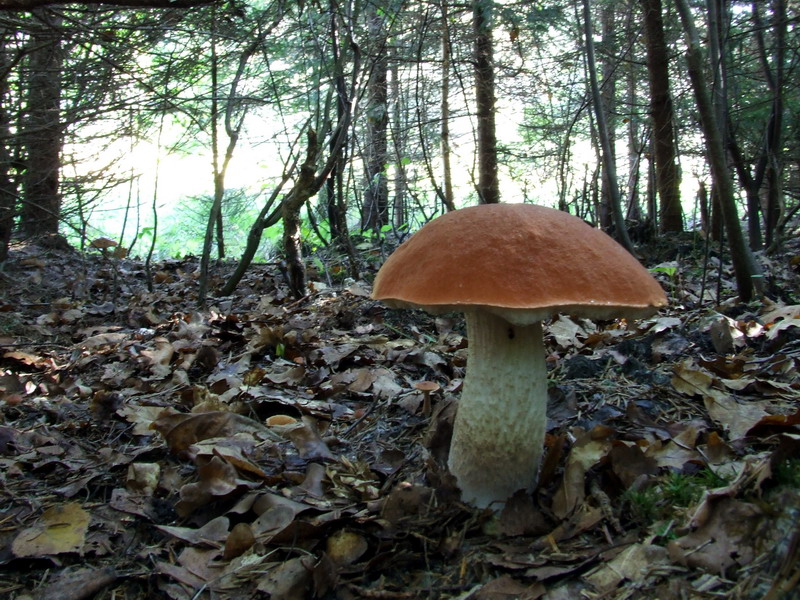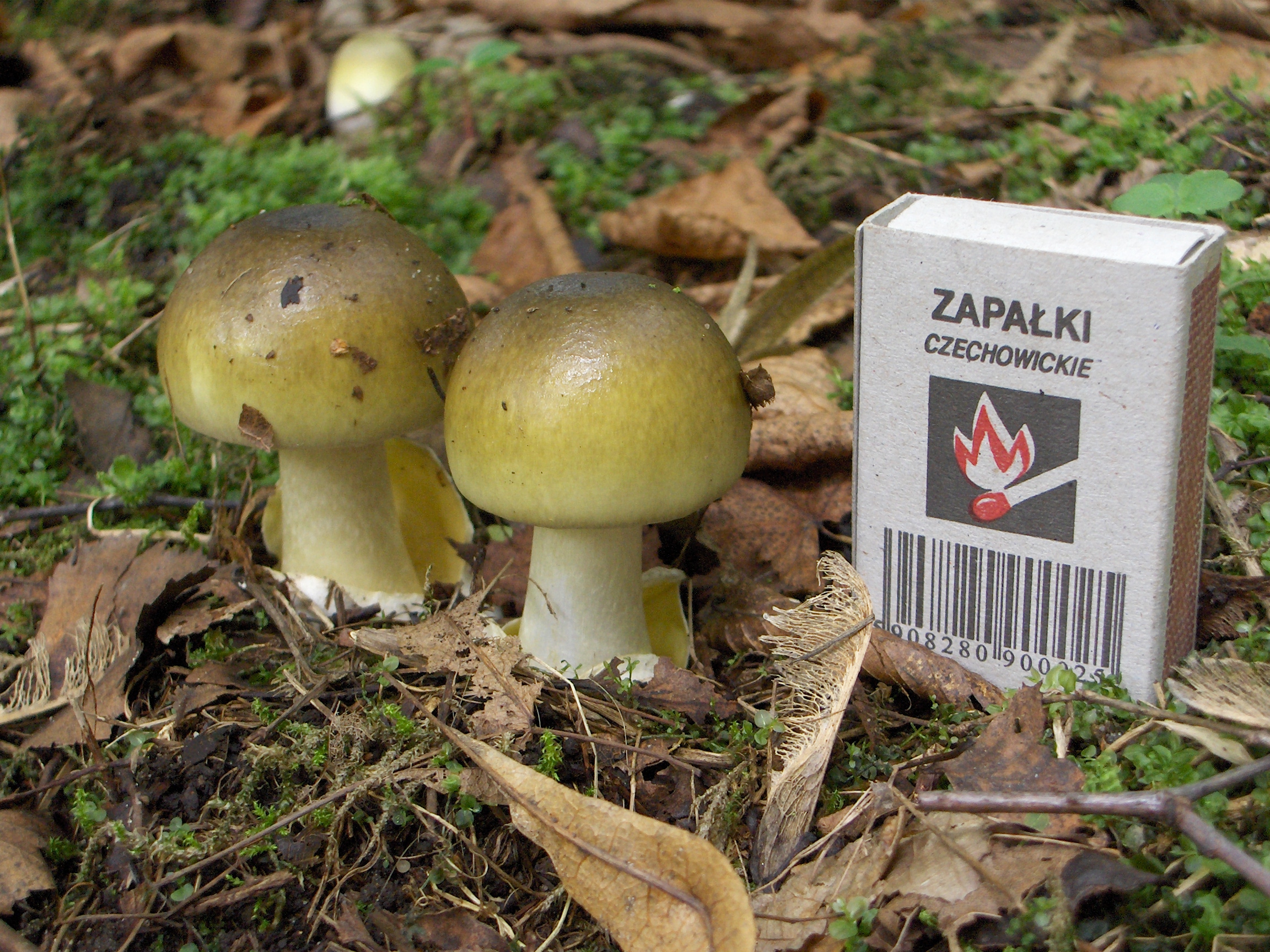|
Amanita Magniverrucata
''Amanita magniverrucata,'' commonly known as great pine jewel, is a species of agaric mushroom in the family Amanitaceae. First described scientifically by American mycologists Harry Delbert Thiers and Joseph Ammirati in 1982, it is mycorrhizal and associates with the tree ''Pinus radiata ''Pinus radiata'' (syn. ''Pinus insignis''), the Monterey pine, insignis pine or radiata pine, is a species of pine native to the Central Coast of California and Mexico ( Guadalupe Island and Cedros island). It is an evergreen conifer in the ...''. While its edibility is unknown, it may be poisonous, as are many '' Amanitas''. See also * List of ''Amanita'' species References magniverrucata Fungi of North America Fungi described in 1982 {{Amanitaceae-stub ... [...More Info...] [...Related Items...] OR: [Wikipedia] [Google] [Baidu] |
Harry Delbert Thiers
Harry Delbert Thiers (January 22, 1919 in Fort McKavett, Texas – August 8, 2000 in Ohio) was an American mycologist who studied and named many fungi native to North America, particularly California. Thiers taught mycology at San Francisco State University. He comprehensively revised and expanded on the North American collection of boletes and named many new species. Species authored include: *''Suillellus amygdalinus'' *'' Boletus barrowsii'' *'' Xerocomellus dryophilus'' *'' Rubroboletus pulcherrimus'' *''Gymnopilus luteoviridis'' *'' Leccinum manzanitae'' *''Russula xanthoporphyrea'' The fungal genera of ''Chaetothiersia'' and '' Harrya'' , and also the species of ''Cortinarius thiersii'' were all named in his honor. References External links"MSSF mourns Harry Thiers"by Mike Boom, ''Mycena News The Mycological Society of San Francisco (MSSF) is an amateur club based in the San Francisco Bay Area, "dedicated to promoting the understanding and enjoyment of fungi ... [...More Info...] [...Related Items...] OR: [Wikipedia] [Google] [Baidu] |
Joseph Ammirati
Joseph is a common male given name, derived from the Hebrew Yosef (יוֹסֵף). "Joseph" is used, along with "Josef", mostly in English, French and partially German languages. This spelling is also found as a variant in the languages of the modern-day Nordic countries. In Portuguese language, Portuguese and Spanish language, Spanish, the name is "José". In Arabic, including in the Quran, the name is spelled ''Yusuf, Yūsuf''. In Persian language, Persian, the name is "Yousef". The name has enjoyed significant popularity in its many forms in numerous countries, and ''Joseph'' was one of the two names, along with ''Robert'', to have remained in the top 10 boys' names list in the US from 1925 to 1972. It is especially common in contemporary Israel, as either "Yossi" or "Yossef", and in Italy, where the name "Giuseppe" was the most common male name in the 20th century. In the first century CE, Joseph was the second most popular male name for Palestine Jews. In the Book of Genes ... [...More Info...] [...Related Items...] OR: [Wikipedia] [Google] [Baidu] |
Agaric
An agaric () is a type of fungus fruiting body characterized by the presence of a pileus (cap) that is clearly differentiated from the stipe (stalk), with lamellae (gills) on the underside of the pileus. In the UK, agarics are called "mushrooms" or "toadstools". In North America they are typically called "gilled mushrooms". "Agaric" can also refer to a basidiomycete species characterized by an agaric-type fruiting body. Archaically, agaric meant 'tree-fungus' (after Latin ''agaricum''); however, that changed with the Linnaean interpretation in 1753 when Linnaeus used the generic name '' Agaricus'' for gilled mushrooms. Most species of agaricus belong to the order Agaricales in the subphylum Agaricomycotina. The exceptions, where agarics have evolved independently, feature largely in the orders Russulales, Boletales, Hymenochaetales, and several other groups of basidiomycetes. Old systems of classification placed all agarics in the Agaricales and some (mostly older) sour ... [...More Info...] [...Related Items...] OR: [Wikipedia] [Google] [Baidu] |
Amanitaceae
The Amanitaceae is a family of mushroom-forming fungi. ''Amanita'' Pers. is one of the most specious and best-known fungal genera. The family, also commonly called the amanita family, is in order Agaricales, the gilled mushrooms. The family consists primarily of the large genus ''Amanita'', but also includes the smaller genera '' Amarrendia'', '' Catatrama'', '' Limacella'', '' Limacellopsis'', '' Saproamanita'', '' Torrendia'' and '' Zhuliangomyces''. Both '' Amarrendia'' and '' Torrendia'' are considered to be synonymous with ''Amanita'' but appear quite different because they are secotioid. The species are usually found in woodlands. The most characteristic emerge from an egg-like structure formed by the universal veil. This family contains several species valued for edibility and flavor, and other deadly poisonous ones. More than half the cases of mushroom poisoning stem from members of this family. The most toxic members of this group have names that warn of the poison ... [...More Info...] [...Related Items...] OR: [Wikipedia] [Google] [Baidu] |
Mycorrhizae
A mycorrhiza (from Greek μύκης ', "fungus", and ῥίζα ', "root"; pl. mycorrhizae, mycorrhiza or mycorrhizas) is a symbiotic association between a fungus and a plant. The term mycorrhiza refers to the role of the fungus in the plant's rhizosphere, its root system. Mycorrhizae play important roles in plant nutrition, soil biology, and soil chemistry. In a mycorrhizal association, the fungus colonizes the host plant's root tissues, either intracellularly as in arbuscular mycorrhizal fungi (AMF or AM), or extracellularly as in ectomycorrhizal fungi. The association is sometimes mutualistic. In particular species or in particular circumstances, mycorrhizae may have a parasitic association with host plants. Definition A mycorrhiza is a symbiotic association between a green plant and a fungus. The plant makes organic molecules such as sugars by photosynthesis and supplies them to the fungus, and the fungus supplies to the plant water and mineral nutrients, such as pho ... [...More Info...] [...Related Items...] OR: [Wikipedia] [Google] [Baidu] |
Pinus Radiata
''Pinus radiata'' (syn. ''Pinus insignis''), the Monterey pine, insignis pine or radiata pine, is a species of pine native to the Central Coast of California and Mexico ( Guadalupe Island and Cedros island). It is an evergreen conifer in the family Pinaceae. ''P. radiata'' is a versatile, fast-growing, medium-density softwood, suitable for a wide range of uses. Its silviculture reflects a century of research, observation and practice. It is often considered a model for growers of other plantation species. It is the most widely planted pine in the world, valued for rapid growth and desirable lumber and pulp qualities. Although ''P. radiata'' is extensively cultivated as a plantation timber in many temperate parts of the world, it faces serious threats in its natural range, due to the introduction of pine pitch canker ('' Fusarium circinatum''). Description ''P. radiata'' is a coniferous evergreen tree growing to tall in the wild, but up to in cultivation in opti ... [...More Info...] [...Related Items...] OR: [Wikipedia] [Google] [Baidu] |
Amanitas
The genus ''Amanita'' contains about 600 species of agarics, including some of the most toxic known mushrooms found worldwide, as well as some well-regarded edible species. This genus is responsible for approximately 95% of the fatalities resulting from mushroom poisoning, with the death cap accounting for about 50% on its own. The most potent toxin present in these mushrooms is α-Amanitin. The genus also contains many edible mushrooms, but mycologists discourage mushroom hunters, other than experts, from selecting any of these for human consumption. Nonetheless, in some cultures, the larger local edible species of ''Amanita'' are mainstays of the markets in the local growing season. Samples of this are ''Amanita zambiana'' and other fleshy species in central Africa, '' A. basii'' and similar species in Mexico, '' A. caesarea'' and the "Blusher" ''Amanita rubescens'' in Europe, and '' A. chepangiana'' in South-East Asia. Other species are used for colouring sauces, such as the ... [...More Info...] [...Related Items...] OR: [Wikipedia] [Google] [Baidu] |
List Of Amanita Species
The following is a list of some notable species of the agaric genus ''Amanita''. This genus contains over 500 named species and varieties, but the list is far from exhaustive. The list follows the classification of subgenera and sections of ''Amanita'' outline by Corner and Bas; Bas, as used by Tulloss (2007) and modified by Redhead & al. (2016) for ''Amanita'' subgenus ''Amanitina'' and Singer for ''Amanita'' section ''Roanokenses''. Bolding of the species name and an asterisk (*) following indicates the species is the type species of that section, with a double asterisk (**) indicating the type species of the entire genus. The use of common names follows Tulloss (2007), Holden (2003), Arora (1986), and Lincoff (1981). Subgenus ''Amanita'' Section ''Amanita'' * '' Amanita albocreata'' – (North America) * '' Amanita aliena'' – (south Brazil) * '' Amanita altipes'' – (southwestern China) * '' Amanita aprica'' – (North America) * '' Amanita armenia ... [...More Info...] [...Related Items...] OR: [Wikipedia] [Google] [Baidu] |
Amanita
The genus ''Amanita'' contains about 600 species of agarics, including some of the most toxic known mushrooms found worldwide, as well as some well-regarded edible species. This genus is responsible for approximately 95% of the fatalities resulting from mushroom poisoning, with the death cap accounting for about 50% on its own. The most potent toxin present in these mushrooms is α-Amanitin. The genus also contains many edible mushrooms, but mycologists discourage mushroom hunters, other than experts, from selecting any of these for human consumption. Nonetheless, in some cultures, the larger local edible species of ''Amanita'' are mainstays of the markets in the local growing season. Samples of this are ''Amanita zambiana'' and other fleshy species in central Africa, '' A. basii'' and similar species in Mexico, '' A. caesarea'' and the "Blusher" ''Amanita rubescens'' in Europe, and '' A. chepangiana'' in South-East Asia. Other species are used for colouring sauces, such as the ... [...More Info...] [...Related Items...] OR: [Wikipedia] [Google] [Baidu] |
Fungi Of North America
A fungus ( : fungi or funguses) is any member of the group of eukaryotic organisms that includes microorganisms such as yeasts and molds, as well as the more familiar mushrooms. These organisms are classified as a kingdom, separately from the other eukaryotic kingdoms, which by one traditional classification include Plantae, Animalia, Protozoa, and Chromista. A characteristic that places fungi in a different kingdom from plants, bacteria, and some protists is chitin in their cell walls. Fungi, like animals, are heterotrophs; they acquire their food by absorbing dissolved molecules, typically by secreting digestive enzymes into their environment. Fungi do not photosynthesize. Growth is their means of mobility, except for spores (a few of which are flagellated), which may travel through the air or water. Fungi are the principal decomposers in ecological systems. These and other differences place fungi in a single group of related organisms, named the ''Eumycota'' (''tr ... [...More Info...] [...Related Items...] OR: [Wikipedia] [Google] [Baidu] |





